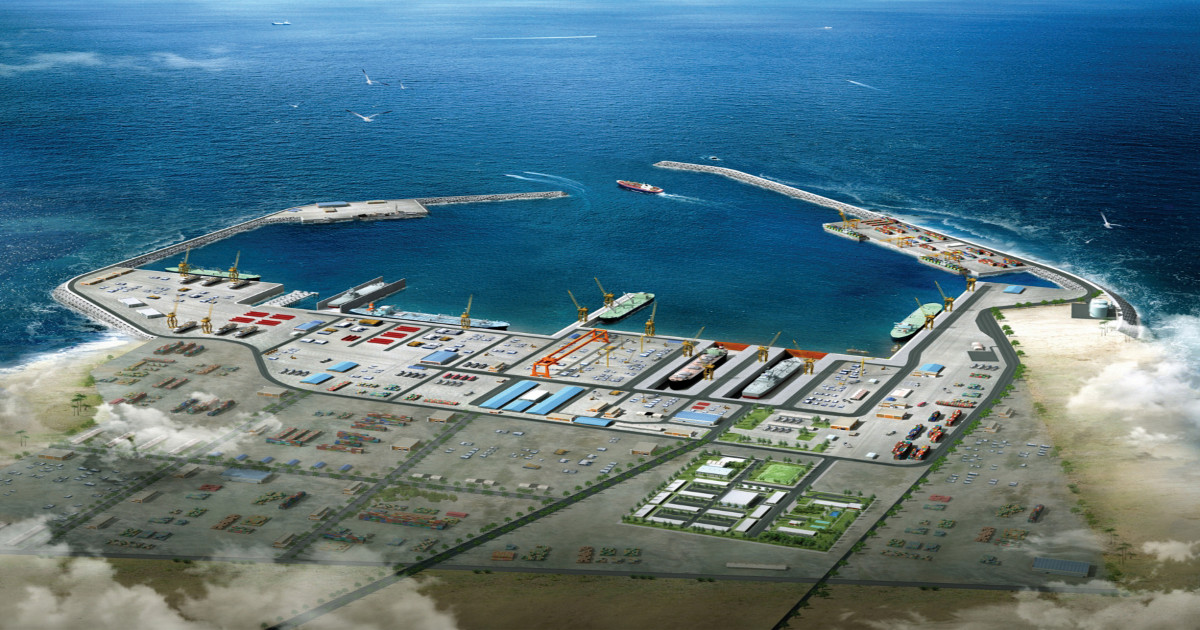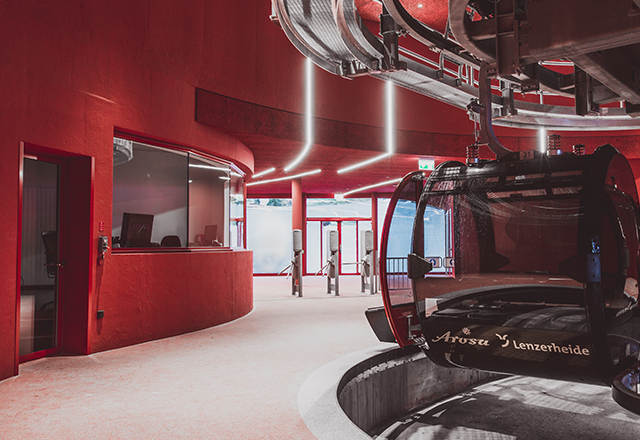Creating drawings means creating lines, circles, hatches, and fills. Today, this is done on a computer using CAD software, but essentially, the method is the same as it was in the 1980s. Technology and CAD software have developed rapidly since then, but the drawing methods of many designers has not – many still use CAD like a digital drawing board.
Why? Often, designers are concerned that 3D modeling will overcomplicate the design process. Yet, the opposite is true: the benefits of working in 3D far outweigh the disadvantages. One engineering consultancy, MUCKINGENIEURE from Ingolstadt in Bavaria, Germany, has seen a 30—35% increase in productivity since implementing 3D modeling and BIM. Keep reading to discover how.
Streamlined Processes
The main argument against transitioning to 3D working is that the effort required will negate any return on investment. However, 2D processes are inefficient, wasting time – and therefore money.
Once a structural 3D model has been created, the subsequent activities such as producing plans, views, sections, and details are all accelerated – they can be created quickly from the model, instead of recreating them. Checks and quantity take-offs can be done as a report from the model, rather than being done manually. The model can also be used for additional functions, such as creating bills of quantities, structural calculations, visualizations, assembly instruction, collision checks, or comparing design options. This eliminates the need to duplicate or recreate information repeatedly, especially when there are changes.
BIM = Better Information Management
On a 2D drawing, a wall consists of only two lines, with annotations to describe the height and length. No other additional information can be obtained from this drawing, so the effort that has gone into preparing it is out of proportion with the benefits gained from it.
With the BIM working method, the model consists of intelligent components that have information attached to them (attributes). When updated with information, the model can be used for other functions such as energy or sound insulation checks, generating additional value from a service they are already providing (the design) with little additional effort. Attributes also make it easier to provide project information to other designers, clients, and contractors, as it is already contained within the model, rather than within a separate document (such as a specification.)
Increased Efficiency
With 2D drawings, the elements have no relation to each other, so changes must be done manually to all the drawings as well as all the affected documents. With an intelligent 3D model, when a component is updated, it automatically updates all the components linked to it and ensures that everyone has the latest version. Drawings and quantity calculations are updated in real-time, keeping the design consistent.
3D methods also make checking much easier. Collisions and spatial problems can be identified more easily visually via the model, as well as with collision reports. There is no need to create additional ceiling designs or sectional views – though they can be created as a byproduct of the 3D model design.
Best Practice
MUCKINGENIEURE designs every project with a digital 3D model due to the efficiencies that 3D design and BIM offer. They derive everything from the 3D model so that changes are only made once. To see how they have achieved a 30—35% productivity increase, download our whitepaper "30–35 percent increased design productivity using 3D modeling in engineering offices".

_NEU2.jpg)






